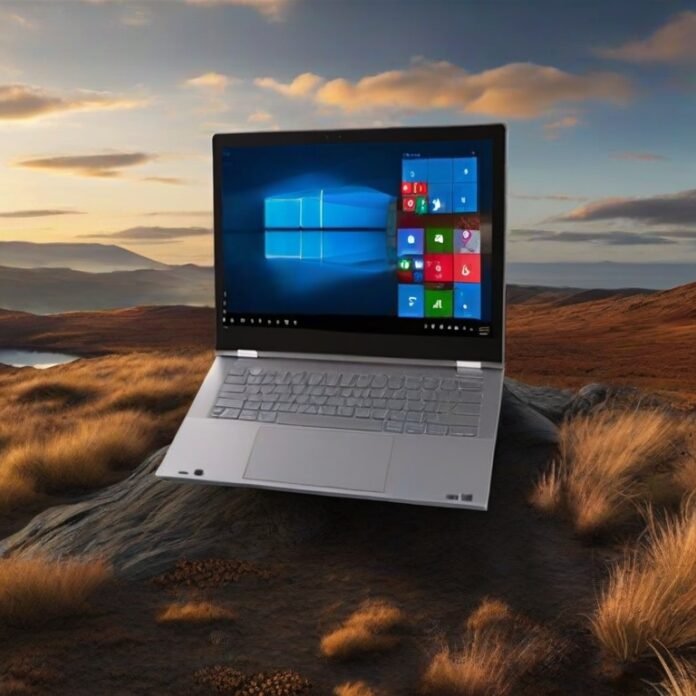Last Updated on May 5, 2024 by sunjava22
How to Take a Screenshot on Windows 10: Screenshot for Windows
In the digital age, capturing and sharing screenshots has become an integral part of everyday computing tasks. For Windows 10 users, mastering the art of taking screenshots can significantly boost productivity and communication. Whether you need to save a moment, demonstrate a process, or report an issue, knowing how to efficiently take and manage screenshots is key.
In this comprehensive guide, we will delve into the diverse methods available for taking screenshots on Windows 10. From utilizing built-in keyboard shortcuts to exploring advanced tools and techniques, we will empower you with the knowledge to capture the perfect screenshot every time. Let’s unlock the full potential of screenshots on Windows 10 and elevate your computing experience to new heights.
How to Take a Screenshot on Windows 10: Screenshot for Windows
As technology continues to advance, so does the need for taking screenshots. Whether it’s for work, school, or personal use, being able to capture a screenshot on your computer can be incredibly useful. Thankfully, taking a screenshot on Windows 10 is quick and easy. In this tutorial, we’ll show you a few different methods for taking screenshots on your PC.
1. Snipping Tool
The Snipping Tool is a built-in app that comes with Windows 10 and is designed specifically for taking screenshots. To access the Snipping Tool, you can simply type “Snipping Tool” into the search bar or find it in the Windows Accessories section of your Start menu. From there, you can choose between four different modes: full-screen, window, rectangular, or freeform.
- Full screen: This mode captures your entire desktop.
- Window: This mode allows you to select a specific window to take a screenshot of.
- Rectangular: This mode lets you select an area of your screen using a rectangle shape.
- Freeform: This mode allows you to draw any shape you want to capture.
2. Keyboard Shortcuts
If you don’t want to use the Snipping Tool, there are also several keyboard shortcuts you can use to take a screenshot on Windows 10. The first option is to simply press the “Print Screen” button on your keyboard. This will capture your entire screen and save it to your clipboard.
Another option is to press “Alt + Print Screen” together. This will take a screenshot of the active window and save it to your clipboard. If you want to save it directly as an image file in your Pictures folder, you can use the shortcut “Windows + Print Screen.”
3. Customizing Screenshot Settings
Both the Snipping Tool and keyboard shortcuts allow you to customize your screenshot settings. With the Snipping Tool, you can choose where to save your screenshots and also have the option to annotate them before saving. When using keyboard shortcuts, you can use the “Windows + Print Screen” shortcut to automatically save your screenshots to the Pictures folder. You can also change the default location by going to OneDrive settings.
4. Other Tips and Tricks
There are a few other useful tips and tricks for taking screenshots on Windows 10. For example, if you have a dual monitor setup, pressing “Alt + Print Screen” will only capture the active window on the second monitor. You can also use the Snipping Tool to add a delay, which is perfect for capturing screenshots that include a pop-up or menu.
If you want to take a screenshot of text and highlight it, you can use the Snipping Tool’s annotation feature or use a third-party app like Greenshot. Additionally, some laptops may have a dedicated “Print Screen” button, while others may require you to press a combination of keys such as “Fn + Insert.”
Conclusion
Screenshot for Windows: Taking a screenshot on Windows 10 is easy and can be done in multiple ways. Whether you prefer using the Snipping Tool or keyboard shortcuts, there are plenty of options available to suit your needs. With customization settings and various tips and tricks, anyone can become a pro at taking screenshots on their PC. So go ahead and try out these methods for yourself next time you need to capture something on your screen!




